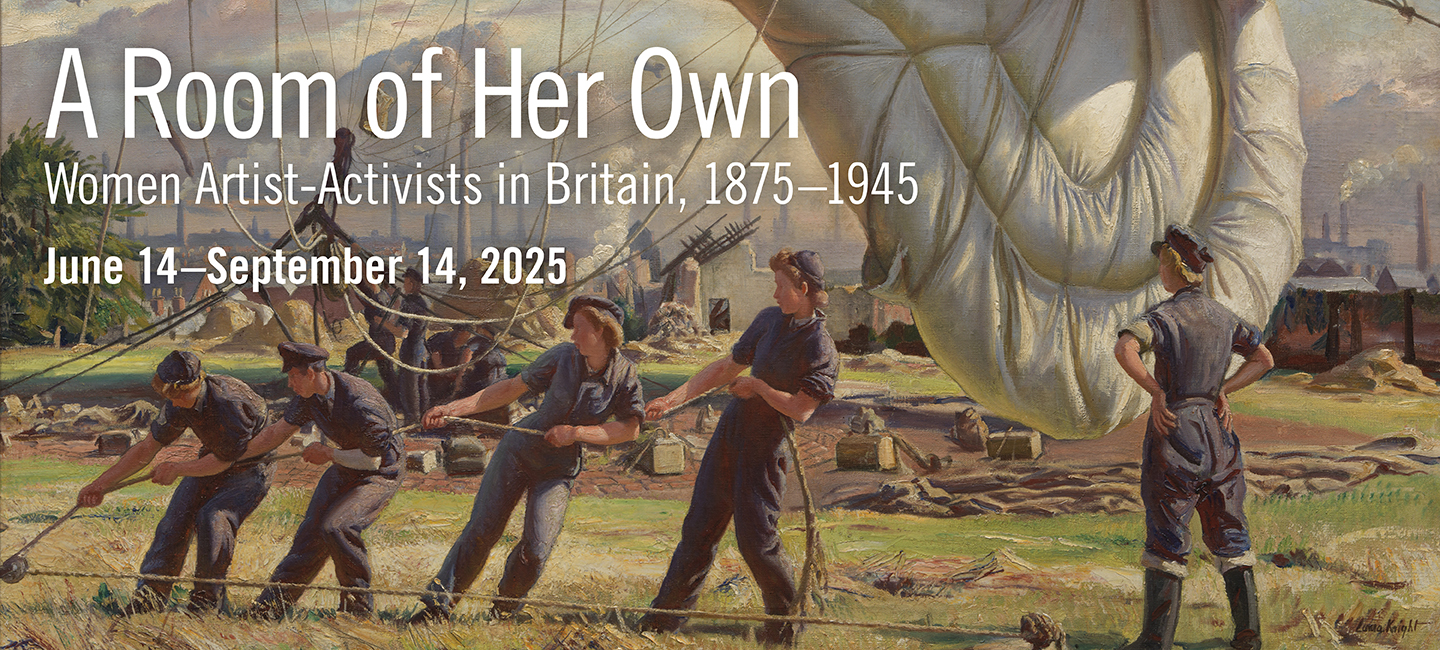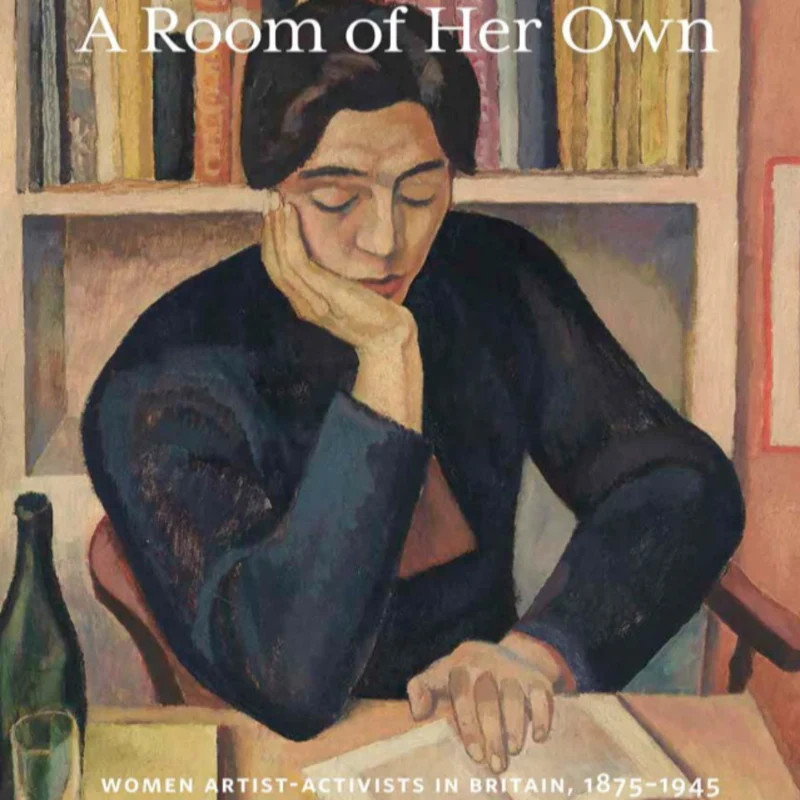Exhibition Sites
 Marianne Stokes, Polishing Pans, c. 1887, oil on canvas. National Museums Liverpool, Walker Art Gallery, gift from George Audley, 1928, WAG 658
Marianne Stokes, Polishing Pans, c. 1887, oil on canvas. National Museums Liverpool, Walker Art Gallery, gift from George Audley, 1928, WAG 658
Professional artists pursued opportunities to exhibit at public venues large and small, local and international. Exhibiting new works gave artists a chance to shape the direction of contemporary art. Their paintings, drawings, and objects in other media might attract critical attention in the press, sell to a collector, or inspire a future commission. Many professional artists depended on sales to support themselves and their families. Both group and solo exhibitions helped artists gain recognition beyond their family, friends, students, and studio networks.
London was rich with established and emerging exhibition sites. Paintings and watercolors displayed in this gallery were shown at a variety of venues in London, including the Royal Academy of Arts, which opened its annual juried exhibition every May; the Grosvenor Gallery, which invited select artists to show new work in the summer exhibitions from 1877 to 1890; and the New Gallery, which hosted summer exhibitions from 1888 to 1910. Exhibiting societies, such as the New English Art Club (founded 1886) and the Royal Watercolour Society (established as the Society of Painters in Watercolour in 1804), were also important venues for networking and exhibiting. Works shown at these sites are represented in this gallery.
Small commercial galleries located in the wealthy Central London districts of Mayfair and St. James’s thrived in the late nineteenth and early twentieth centuries as more people had disposable income for buying art. The Fine Art Society, W.B. Paterson Gallery, and Carfax Gallery, among others, invited artists to show recent works or organized retrospectives. Often mounting exhibitions of single artists, these galleries provided opportunities to display a range of their productions in one place.
Other cities offered important exhibition venues for women artists. In England, Birmingham, Liverpool, and Manchester hosted annual exhibitions that included women artists. Artists might also send their work to annual exhibitions in Glasgow, Scotland, or Dublin, Ireland, as well as to venues farther afield in continental Europe or even the United States.

